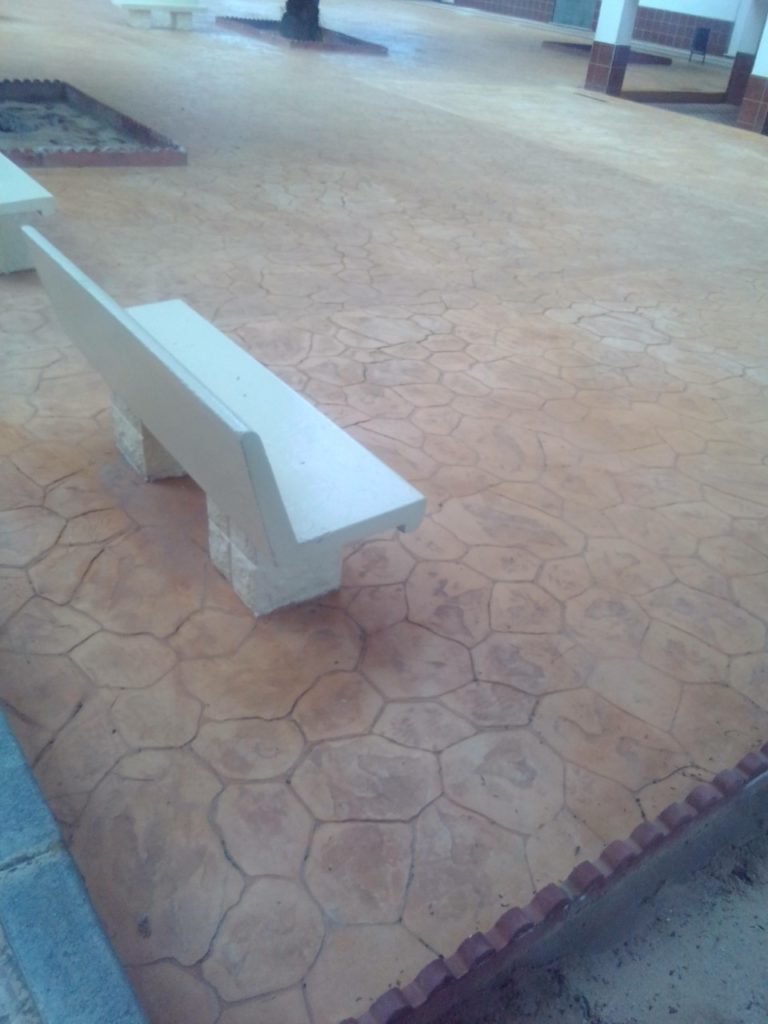Patents that revolutionized construction and architecture
Who could anticipate there by 1824 Patent presenting to the public the British James Parker and Joseph Aspdin revolutionize the world of construction and change in a few decades the face of the earth?
Portland cement was born fruit of research and continuous search for an artificial cement with which to undertake the increasingly innovative projects requiring modern societies. Prove to have more suitable characteristics for engineering and architecture that natural cements used hitherto and the improvement of the industrial method for obtaining end up imposing.
Portland cement is basically limestone and calcined clay and subsequently crushed, materials that when mixed with water have the property of hardening. In the correct ratio with sand water, gravel or gravel plus some of the many specific additives available for specific uses, the concrete is obtained, the material used in construction today than, reinforced with iron bars as a skeleton (reinforced concrete patented by William Wilkinson), It turns out to be a material to which we can give virtually any shape, with which you can work with relative ease, low price and countless possibilities for any kind of work.

Hoover Dam built between 1931 and 193
Concrete is used today for all practitioner: big constructions
as bridges, tunnels, ports, roads, hydraulic dams, for foundation,structural framing, walls ... but also more detailed work with finer finishes. Modern architecture leverages its versatility for inclusion in creative design work. LINEAR you have the impressive Hoover Dam, one architectural titanic effort, built between 1931 and 1936 of 221 meters high and 379 Long able to contain no less than 35.200 hm³ .
 Here we have the image of a more modest and decorative use, a playground and rest.
Here we have the image of a more modest and decorative use, a playground and rest.
In Inergia We are real specialists in the use of concrete either public or private works in new construction or rehabilitation We are growing building!
